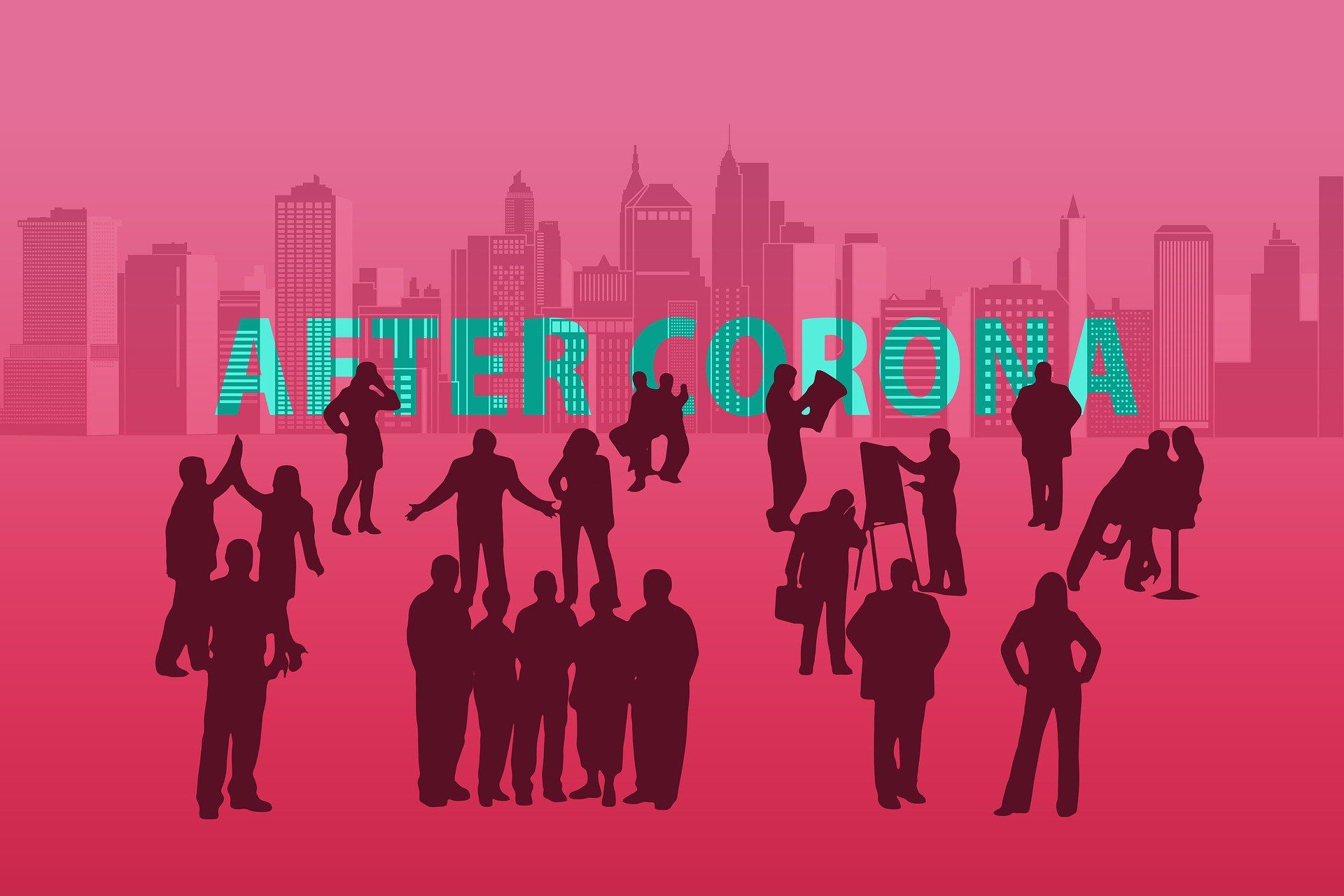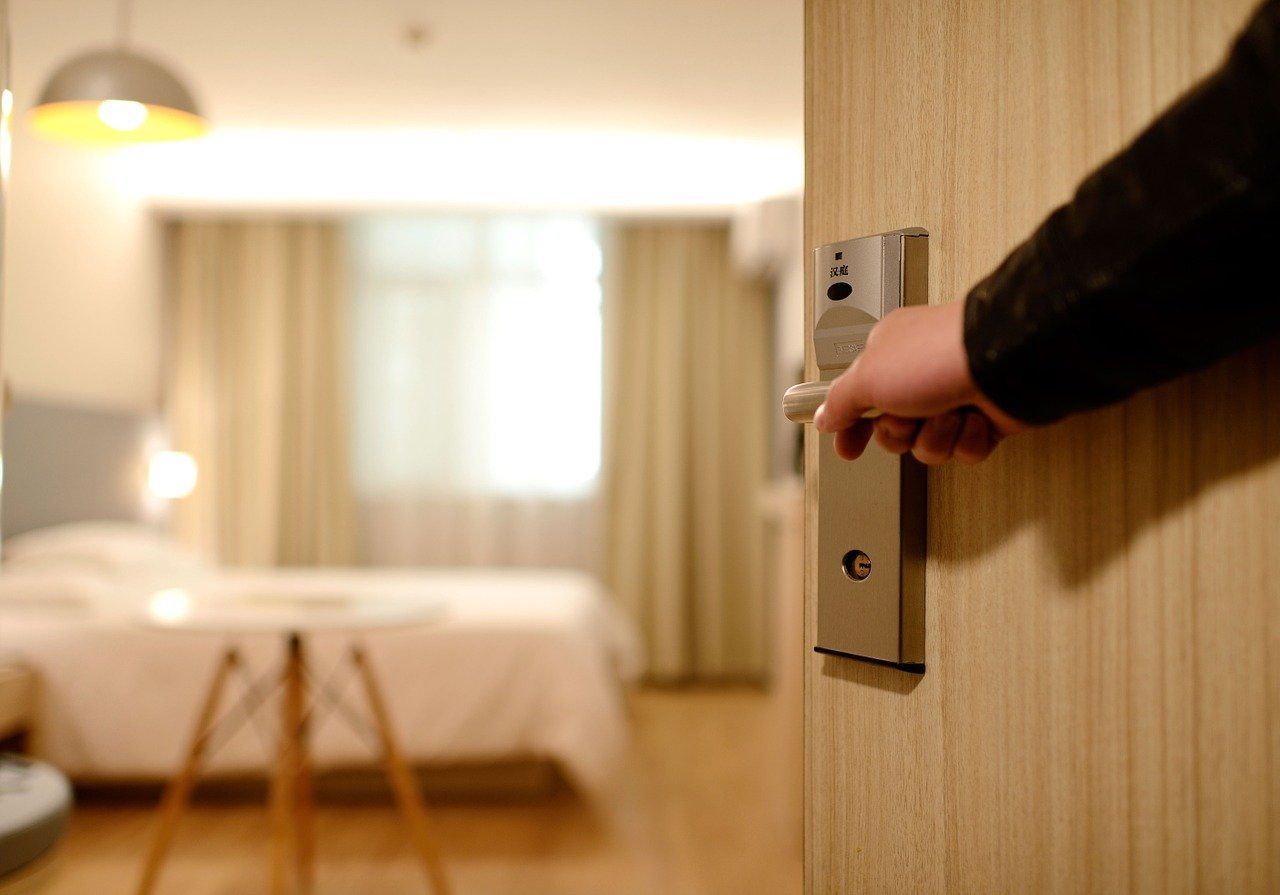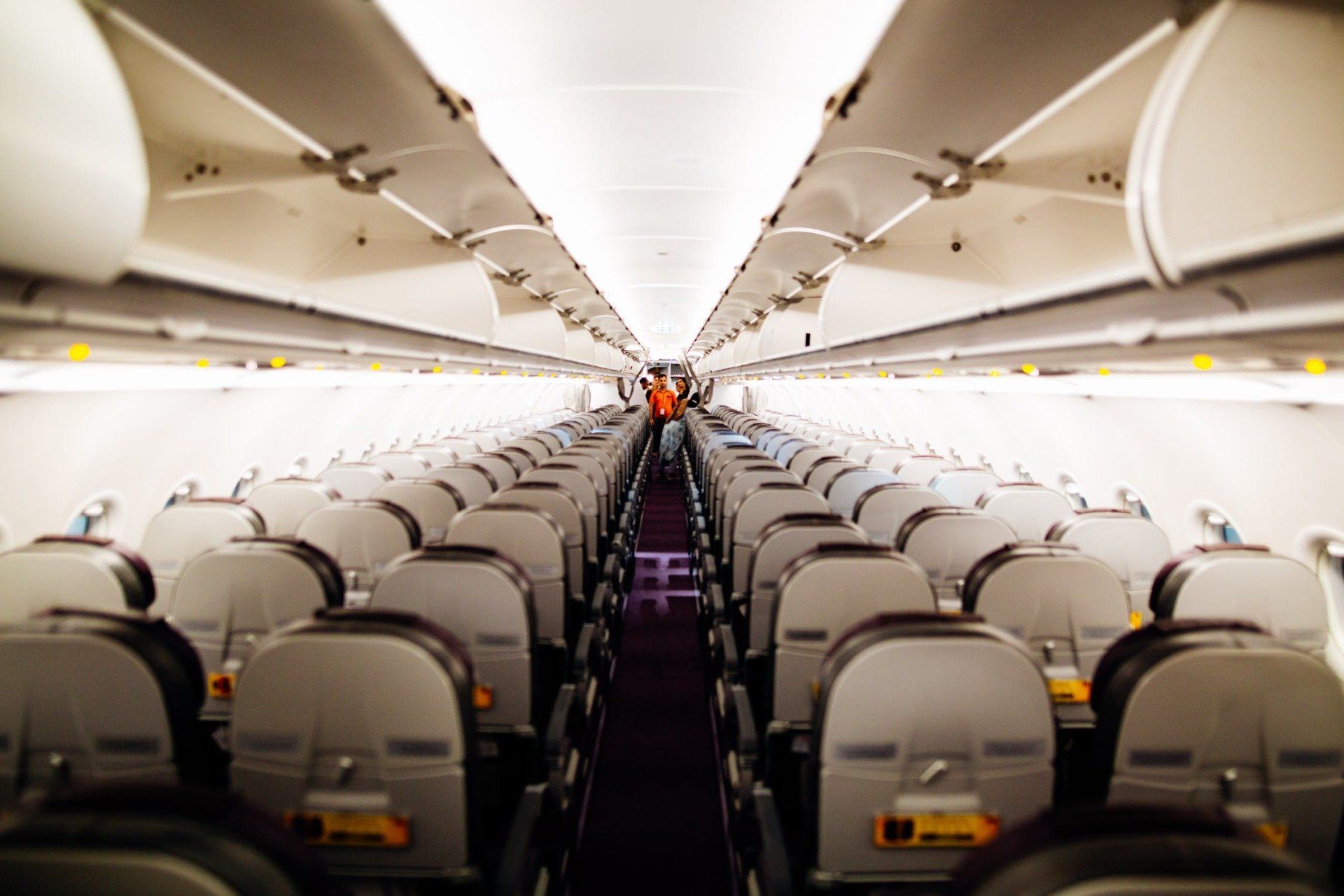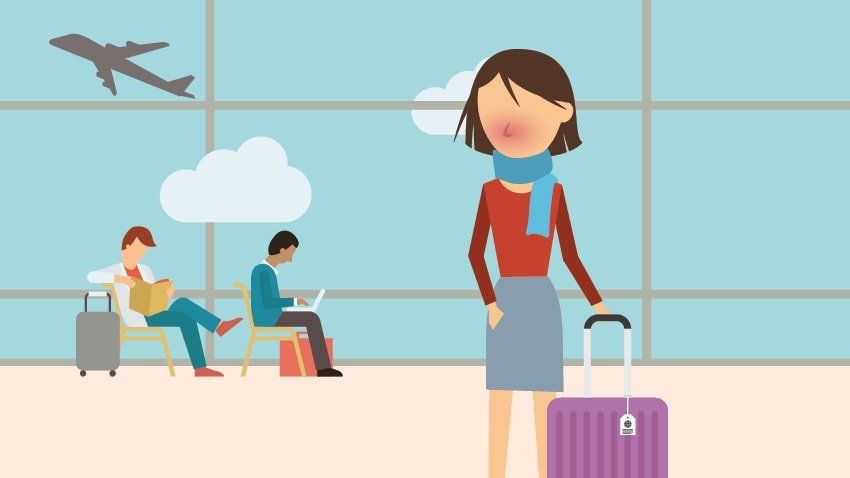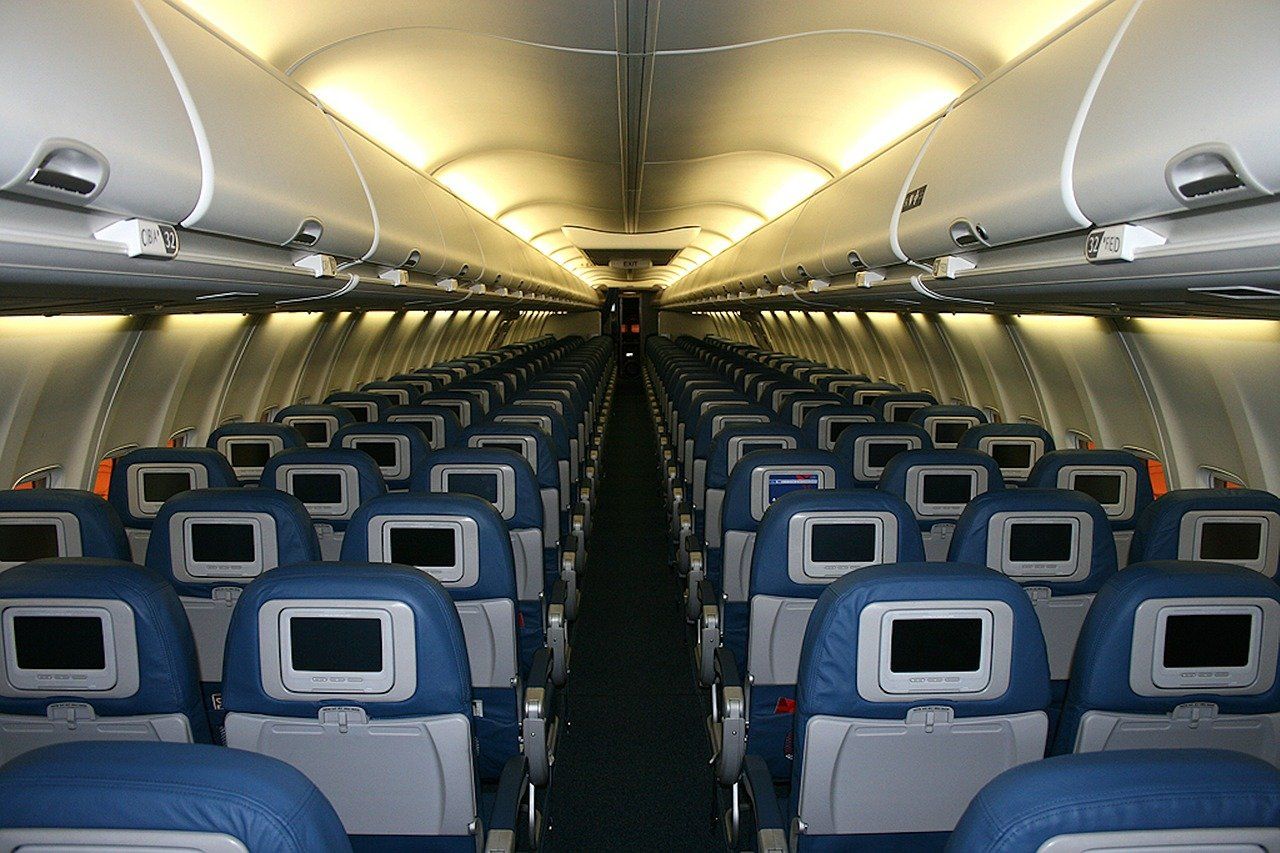A Guide to Creating Incentive Trips
- By Jessica Elmore
- •
- 26 May, 2016
- •
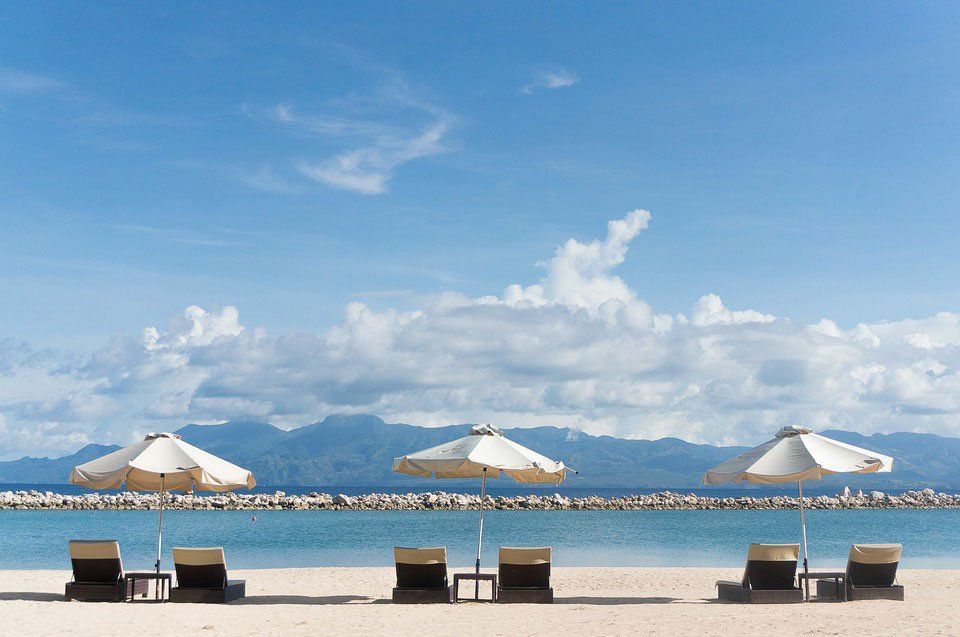
- Define the objectives of your incentive program. Do you want to create new behaviors among your employees? Are you trying to increase production of products or ideas? Are you introducing potentially unpopular policies that need quick acceptance? Defining the objectives is the first step.
- Determine how you will know which employees attain the reward status. One way to do this is to develop a point system attached to the specific performance objectives. Peer nominations based on the performance goals can also work well in some situations. A committee could then determine a winner or winners based on empirical data.
- Maintain accurate records and documentation to avoid disputes over winners.
- Display ongoing results to increase enthusiasm. Charts showing individual or group progress can be highlighted in newsletters, websites, office memos, or displays set up in a common area.
- Choose a destination that will be enticing to your employees. You can combine the trip with other company objectives such as a corporate conference in a desirable location. Or, give your people a chance to network with the company CEO or celebrities at a fun destination such as a mountain getaway, a casino, or a beach house. It is important to know your group and what will be an incentive for them. If most of your workforce is baby boomers nearing retirement, their tastes in destinations or activities will be vastly different from those of millennial personnel.
Once you have your objectives and processes in place, you will want to consult with professional event planners to make sure that the promised rewards provide employees the exciting trip they worked for so diligently. A disappointing trip can destroy your incentive program.
Contact us for the best in event planning. Your incentives plan will grow even stronger when everyone hears about the exciting time the winners enjoyed.

During the pandemic, thousands of pilots were offered early retirement packages in order to cut labor bills due to the lack of travel demand. Now that travel for pleasure and business is rebounding from the pandemic, approximately 14,000 flights in the US were recently cancelled or delayed due to the lack of pilots, carriers, and other staff.



